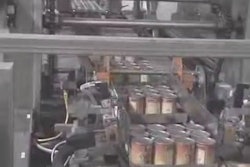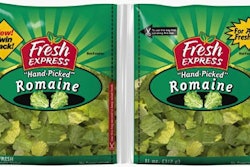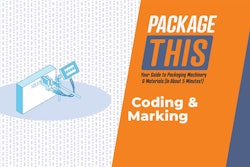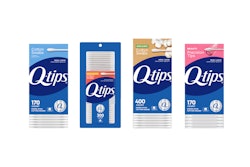Packages of ground or chopped meat and poultry would still be required to bear nutrition labels. The proposal would also exempt ground meat and poultry from rules governing the “% lean” claims on package labels. The American Meat Institute supports mandatory in-store POP nutrition information on fresh meats through display, but said it would be “extremely difficult” to label each product from every animal category. Likewise, labeling ground meat and poultry would be difficult because 75% is ground from trimmings, and grocery stores do not have the equipment necessary to determine accurately the nutritional content of the finished product. Accurate labels could be applied only at the packing plant. AMI also supports continuation of the current “% lean” labeling, citing a study that indicates consumers understand these labels. The Center for Science in the Public Interest has a different view, urging USDA to require nutrition labels on all fresh meat and poultry products. Brochures and posters containing nutrition information are often so difficult to read that they are worthless, charges CSPI. Consumers should be able to pick up the package and get the information they need. The group also wants ground meat and poultry products to be subject to the same USDA and Food and Drug Adminitration regulations for “% lean” claims as other processed meat and poultry products.
Tricky labels? In a splashy news conference that attracted major media attention, CSPI charged that consumers are being deceived by deceptive food packaging, with manufacturers using ingredients in the name of a food on the front of the package while actually providing little or none in the actual food. CSPI called on FDA to require food labels to list the percentages of key ingredients, as is required in Australia, New Zealand, the European Union, and Thailand. In addition, CSPI formally petitioned FDA to create a new, more readable “Ingredient Facts” panel. “The FDA should require larger, clearer print in upper- and lower-case on a contrasting background following the same successful standards that are used on the Nutrition Facts label,” said CSPI. “The listing should be highlighted by being put in a box with the title ‘Ingredient Facts’”. Reps. Henry Waxman (D-CA) and Nita Lowey (D-NY) support CSPI’s claims. “We must pass legislation that requires accurate, complete, and reliable food labels so that our families can feel confident about the food on their tables,” Lowey said. The National Food Processors Assn. said labeling rules already provide for voluntary ingredient labeling. Mandatory percentage ingredient labeling would be costly and difficult and would limit a company’s flexibility in sourcing ingredients, which holds down costs. The purpose of names, pictures, and flavor descriptors on the front of the package is to attract consumers and characterize the product’s flavor or taste. Mandatory labeling requirements should be limited to those involving health and safety, NFPA said.






















